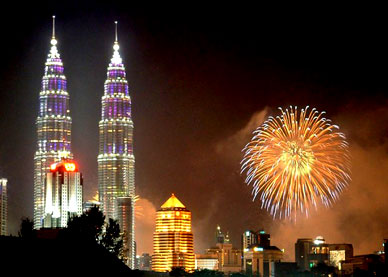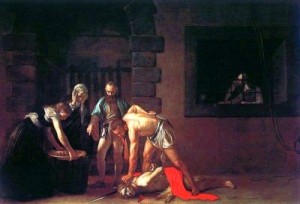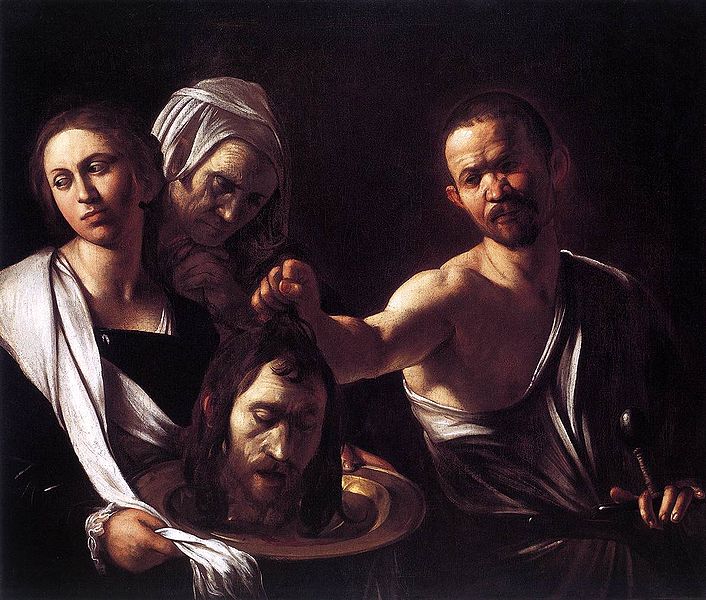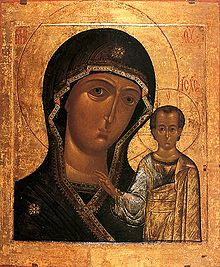Last Wednesday in August
August 31, 2011
August 29, 2012

364 days out of the year, Buñol is a quiet, ordinary Spanish town country nestled in the foothills of the Valencia mountains about 40 kilometers from the Mediterranean coast; its population is just shy of 10,000.
But if you happen to visit Buñol on the last Wednesday of August, don’t wear your finest. You will notice that the population has tripled in size, the bulk of these tens of thousands have amassed along a few narrow streets, and they’re all engaged in a peculiar activity: throwing tomatoes.
Lots of tomatoes.
Over a hundred TONS of tomatoes.
La Tomatina is essentially the world’s largest food fight. (Although the Great Kettering Elementary School Food Fight of 1986 comes close.)
We wish we could say La Tomatina originates from an ancient pagan fertility rite, but it’s only 60 or so years old. Stories of the festival’s origin vary. Combining them would sound like this:
During a Gigantes y Cabezudos festival (the kind with the really big heads as featured in Borat) some rowdy spectators attempted to become participants, knocking over a big-head-carrying procession member in the process. A scuffled ensued among the hot-tempered youths.
Now, the people of Buñol had always enjoyed throwing things at each other. And fortunately for posterity, a truck or cartload of tomatoes had overturned just prior this auspicious occasion, providing the feuding parties with the perfect ammunition.
The following year authorities hoped to stem a repeat of the disaster, but the veterans of the previous year had some unfinished business to attend to.
The activity was first sanctioned by Town Hall in 1950. It was permitted and prohibited intermittently over the next few years. It got out of hand in 1956, townspeople got hurt, and it was canceled the following year. Some folks held a Tomatina Funeral instead. The festival was brought back by popular demand in 1959–but with regulations*–and they’ve been throwing tomatoes ever since.
Yes, La Tomatina started out as a Buñol style gang war. Perhaps in the States, if we armed our inner-city youths with tomatoes (in LA, avocados) we would attract tourists instead of violence.
As it is, in Buñol tens of thousands of tourists flock to La Tomatina each year. The festivities begin with the scaling of the “soap pole”. A ham is stuck atop a tall greased pole, and the tomato throwing can’t begin until a brave crowd member retrieves it.
*If you go, it’s considered proper Tomatina etiquette to squish your tomato before hurling it. Don’t bring bottles or anything that could cause injury, and be careful not to rip other people’s clothes. And it doesn’t matter if you’re wearing red or not. You will be.

La Tomatina
WARNING: NOT FOR THE TOMATO-PHOBIC!
One writer’s horrifying story:
“Our red tornado became an inexorable hurricane. It was becoming difficult to stand upright in so much slush and with so many wet missiles impacting from every possible direction. We blotted out the sun and sky…I had become one vast squelching mound of pulped tomato…
Seeing Red — Louis de Bernieres
What To Do With Your Extra Tomatoes













